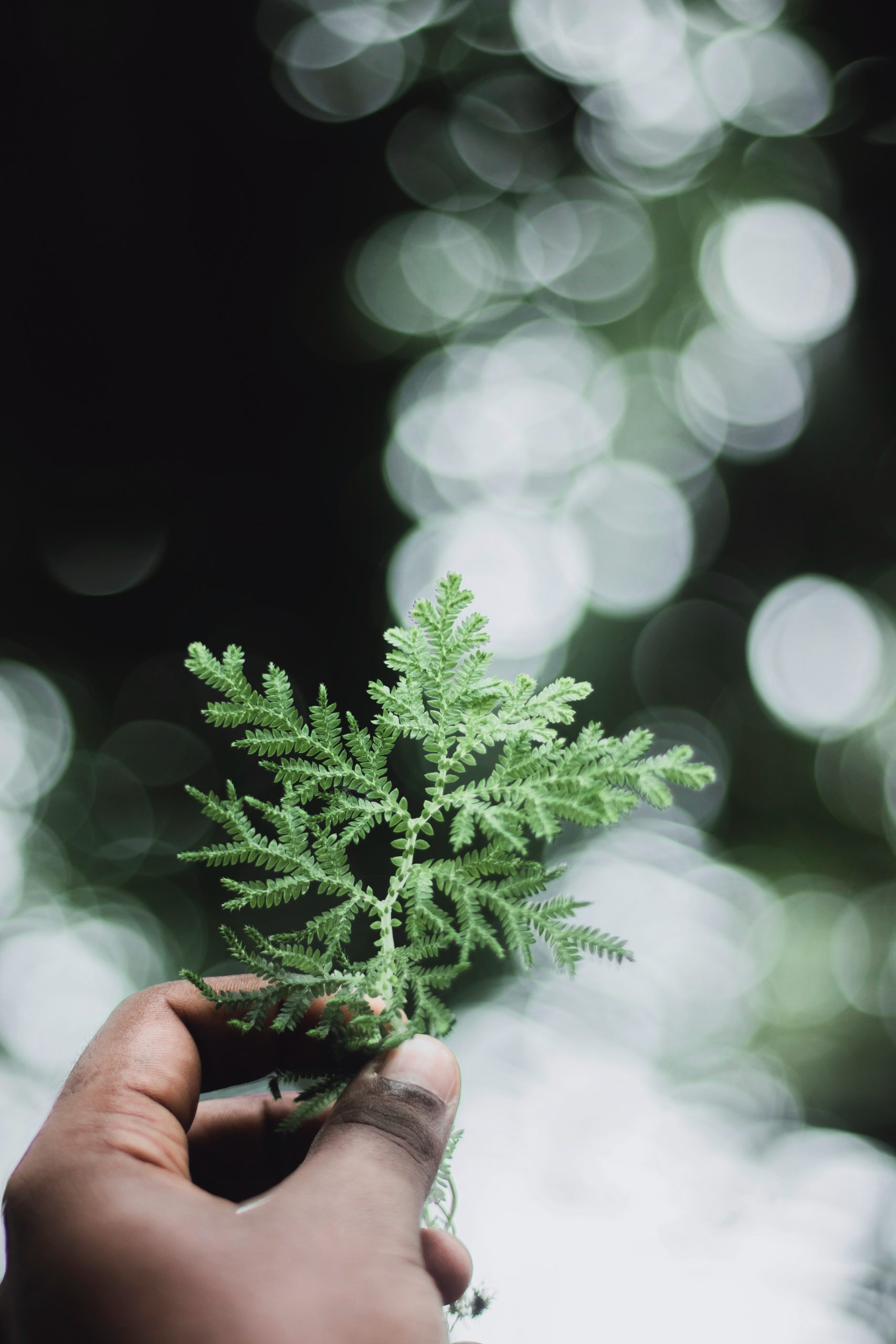Pollinators are essential to the health and well-being of our planet. They play a crucial role in the of many plants, including those that provide us with food. Unfortunately, many pollinator populations are in decline due to habitat loss, pesticide use, and other factors. One way to help support pollinators is by creating a pollinator-friendly habitat in your backyard. In this article, we’ll explore the benefits of doing so and provide some tips for getting started.
Benefit #1: Supporting Pollinator Populations
The most obvious benefit of creating a pollinator-friendly habitat is that it helps support pollinator populations. By providing a variety of plants that bloom at different times throughout the year, you can help ensure that pollinators have a steady source of food. Additionally, by avoiding the use of pesticides and other harmful chemicals, you can create a safe haven for pollinators to thrive.
Benefit #2: Enhancing Biodiversity
Creating a pollinator-friendly habitat can also help enhance biodiversity in your backyard. By planting a variety of native plants, you can attract a wide range of pollinators, including bees, butterflies, moths, and hummingbirds. This, in turn, can attract other wildlife, such as birds and small mammals, creating a more diverse and vibrant ecosystem.
Benefit #3: Improving Soil Health
Planting a variety of plants in your backyard can also help improve soil health. Different plants have different root structures, which can help break up compacted soil and improve drainage. Additionally, as plants die and decompose, they add organic matter to the soil, which can help improve soil fertility and structure.
Getting Started
If you’re interested in creating a pollinator-friendly habitat in your backyard, here are some tips to get started:
1. Choose a variety of native plants that bloom at different times throughout the year.
2. Avoid the use of pesticides and other harmful chemicals.
3. Provide a source of water, such as a bird bath or small pond.
4. Create nesting sites for pollinators, such as bee houses or butterfly boxes.
5. Consider adding a variety of plants that provide food for pollinators at different stages of their life cycle, such as host plants for caterpillars.
Creating a pollinator-friendly habitat in your backyard is a simple and rewarding way to support pollinator populations, enhance biodiversity, and improve soil health. By following these tips, you can create a beautiful and vibrant ecosystem that benefits both you and the planet.




